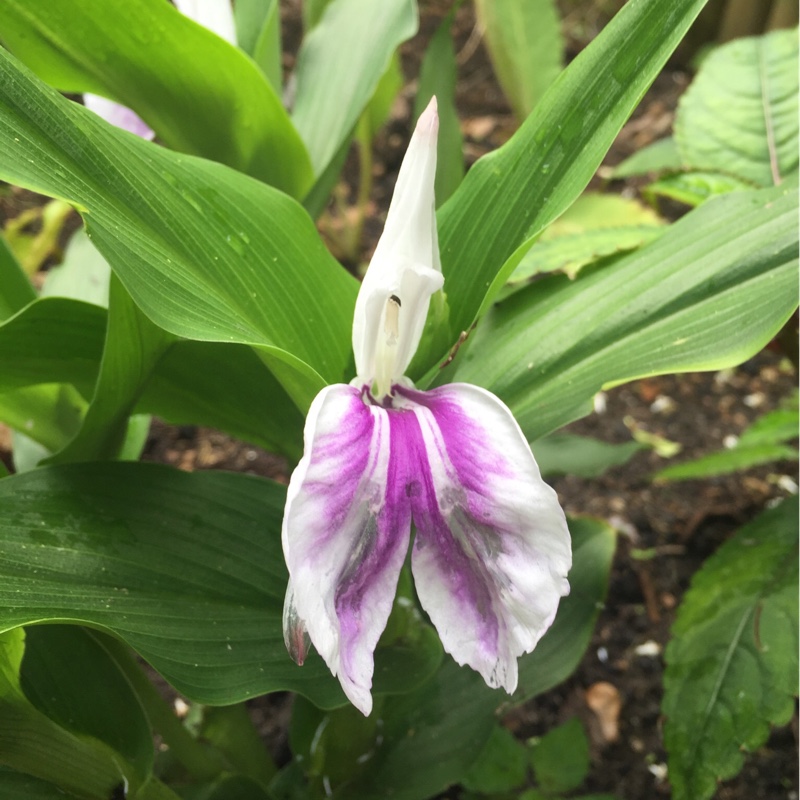
Roscoea purpurea 'Wisley Amethyst'
Roscoea 'Wisley Amethyst'
A hardy, shade loving perennial that has green, veined leaves, and orchid-like flowers through Summer over oblong dark green leaves. 'Wisley Amethyst' bears white 6cm. flowers splashed with purple on the lower lip. The flowers open in succession through summer
Contributed by @petecross
-
Partial shade
-
Occasional watering
-
Frost Hardy: 23F (-5°C)
-
Moist and free draining
Common name
Roscoea 'Wisley Amethyst'
Latin name
Roscoea purpurea 'Wisley Amethyst'
type
Tuberous Perennial
family
Zingiberaceae
ph
5.6 - 7.8 Acid - Neutral
Plant & bloom calendar
-
Best time to plant
-
When the plant will bloom
full grown dimensions
 0.50 M
0.50 M
0.50 M
0.50 M
Roscoea purpurea 'Wisley Amethyst'
A hardy, shade loving perennial that has green, veined leaves, and orchid-like flowers through Summer over oblong dark green leaves. 'Wisley Amethyst' bears white 6cm. flowers splashed with purple on the lower lip. The flowers open in succession through summer
Flowering Season
From Late Spring TO Late Summer
Orchid-like flowers, with a single large upper petal and two smaller lower petals, in loose flower heads although only one flower is present at any one time appear through Summer
Planting Season
From Mid Spring TO Late Spring
Plant in moist, well-draining soil, in partial shade
Propagation by Division
From Early Spring TO Early Spring
Using a fork dig up plant, try to keep the root ball as complete as possible.split the root ball at the centre with a sharp knife or a spade. Replant the divisions to the same depth as the original, and keep well watered until established.
Propagation by Seed
From Mid Spring TO Mid Spring
Fill a seed tray with seed compost, water and allow to drain. Sprinkle seeds over the surface allowing roughly 25mm space between seeds and cover with a thin layer of compost. Put tray in a clear polythene bag and place on a windowsill. When seedlings show remove plastic bag. When the second pair of leaves appear on the seedlings thin out to 50mm spacing by removing the weakest looking plants. After 2 or 3 weeks and when danger of frost has passed plants can then be planted outside into required position.








